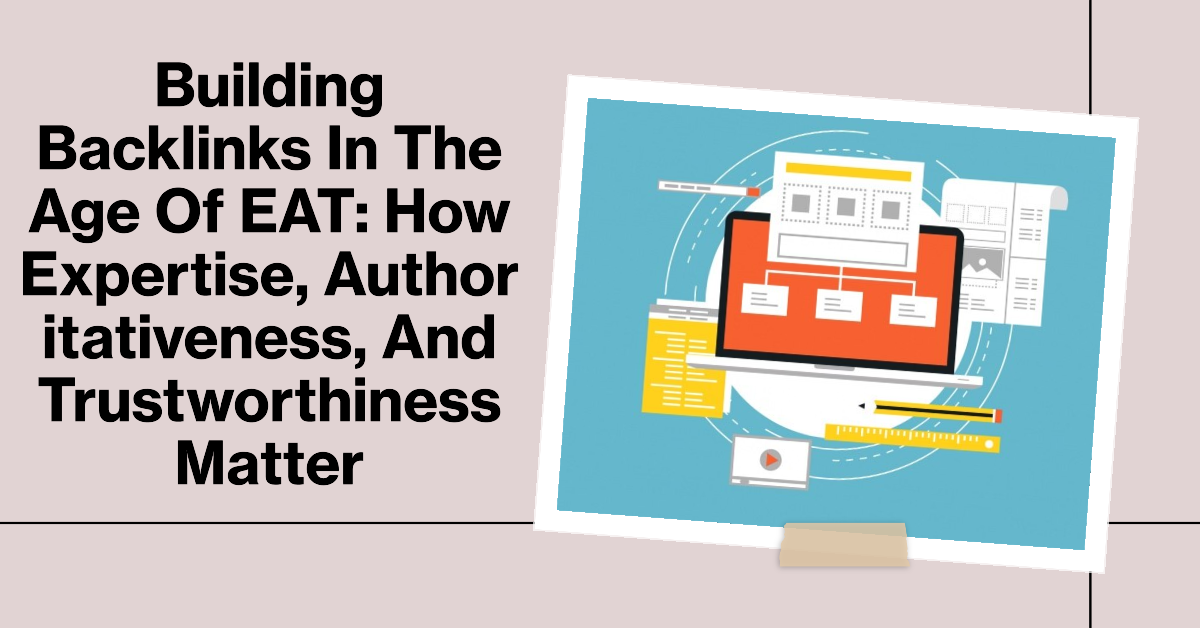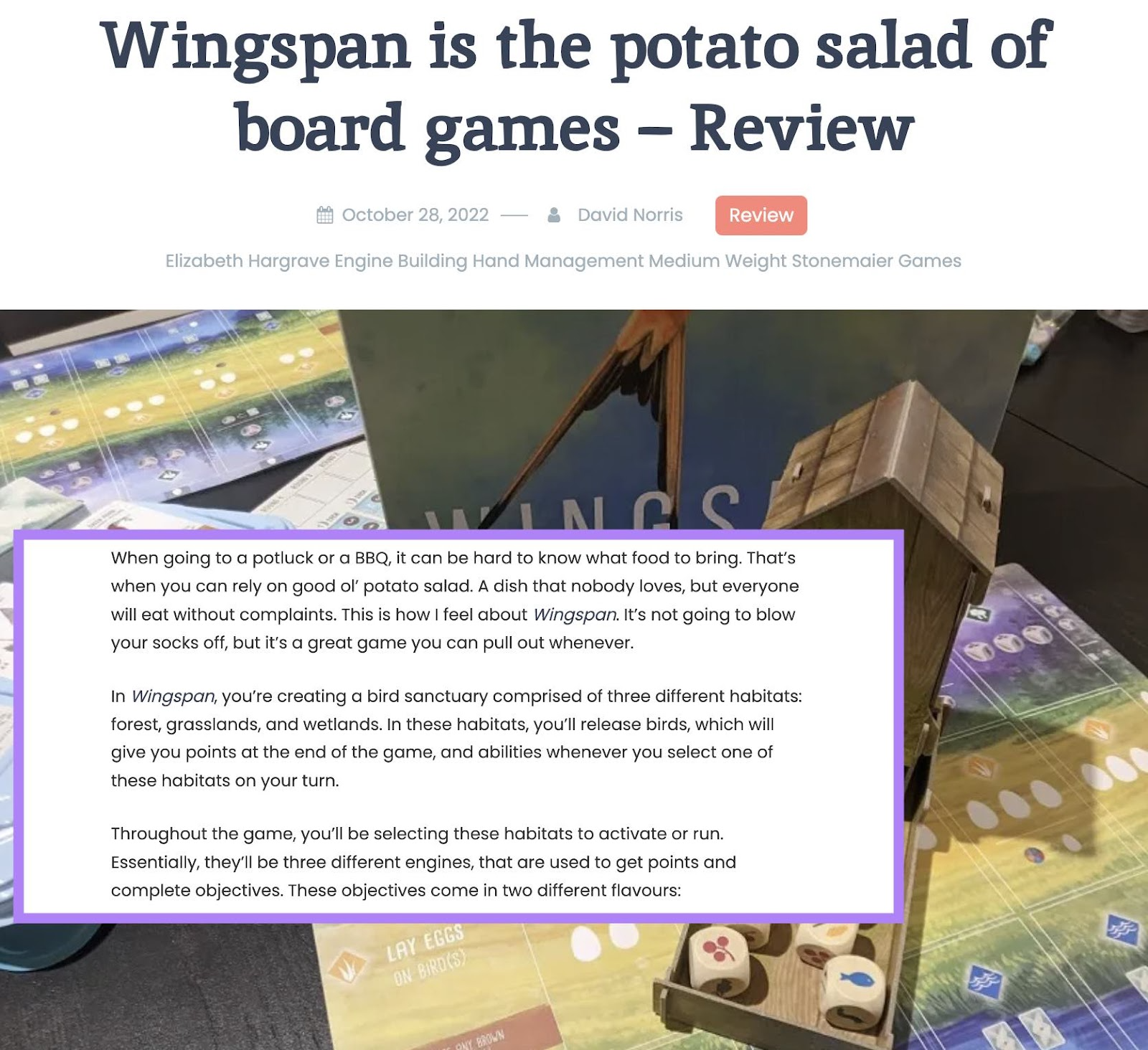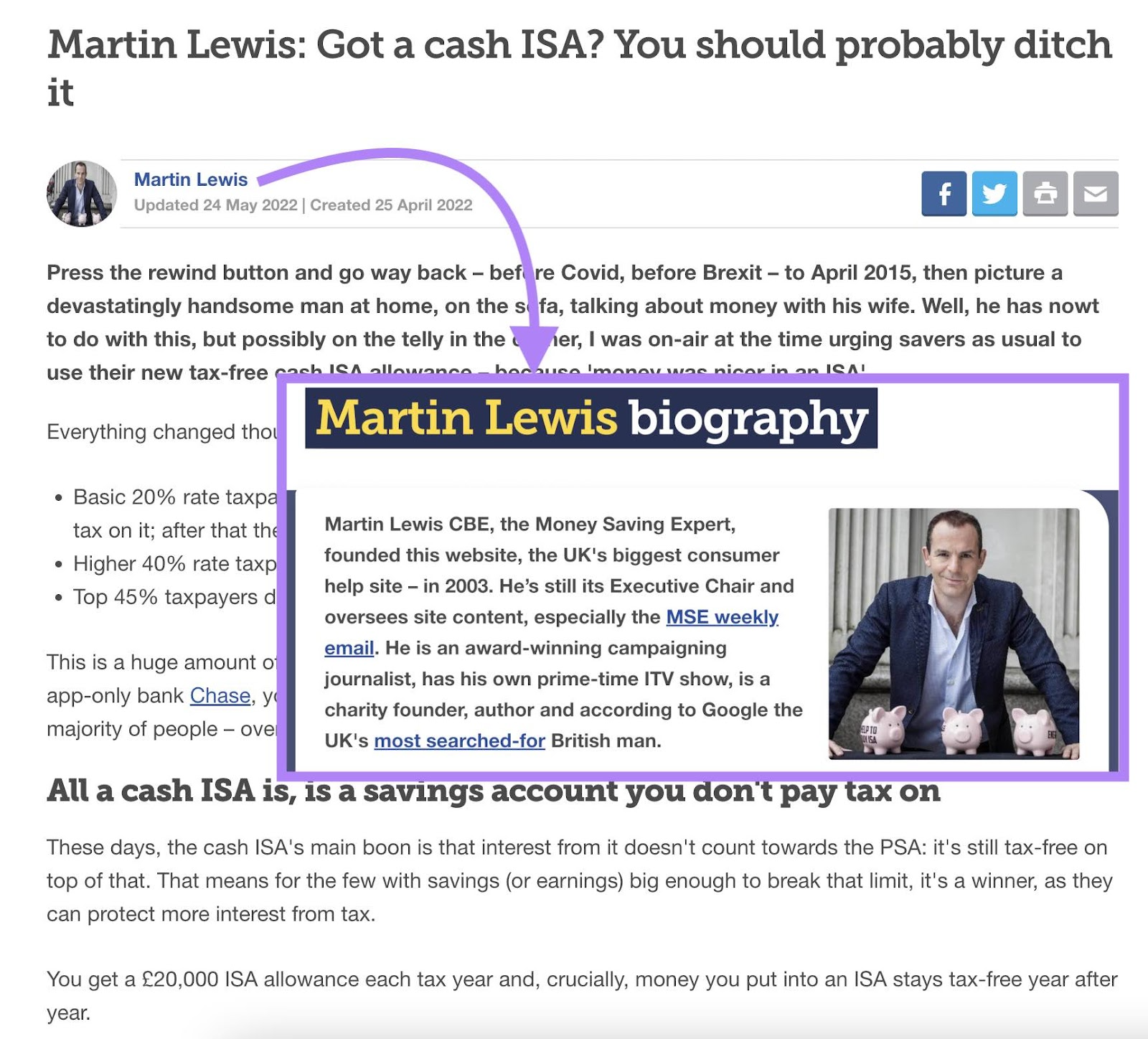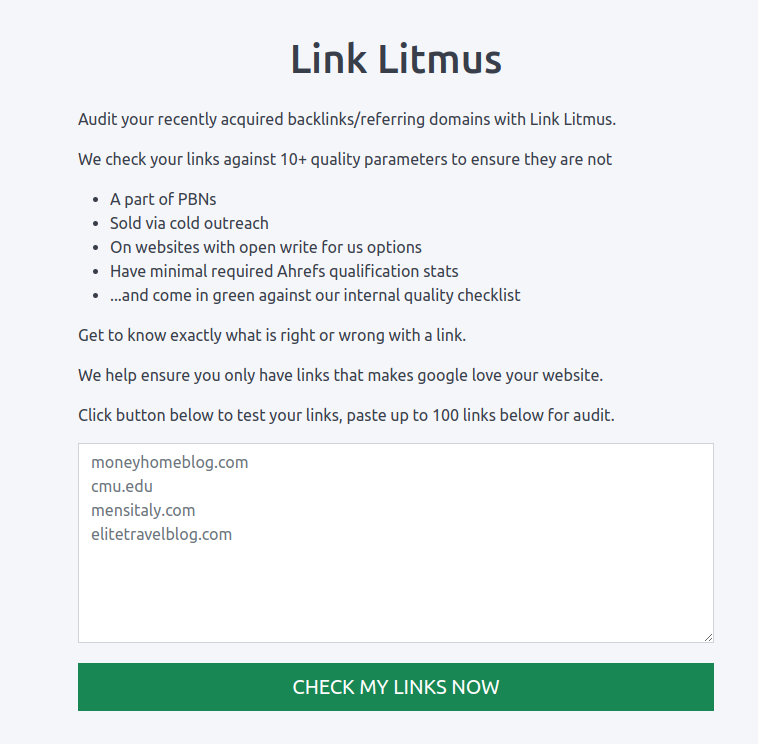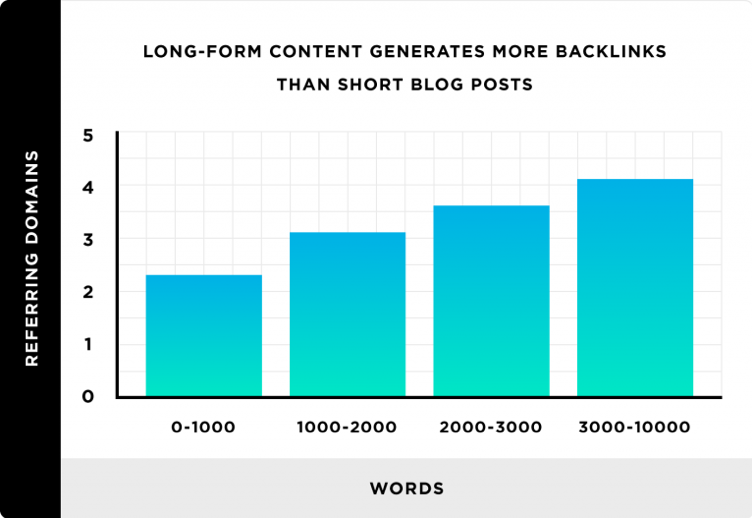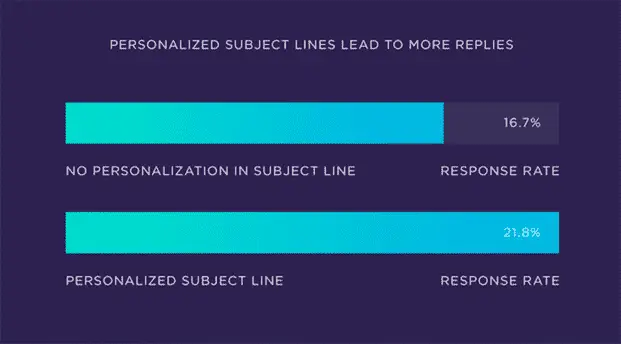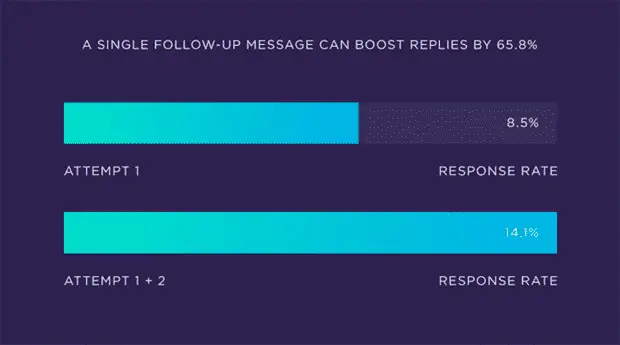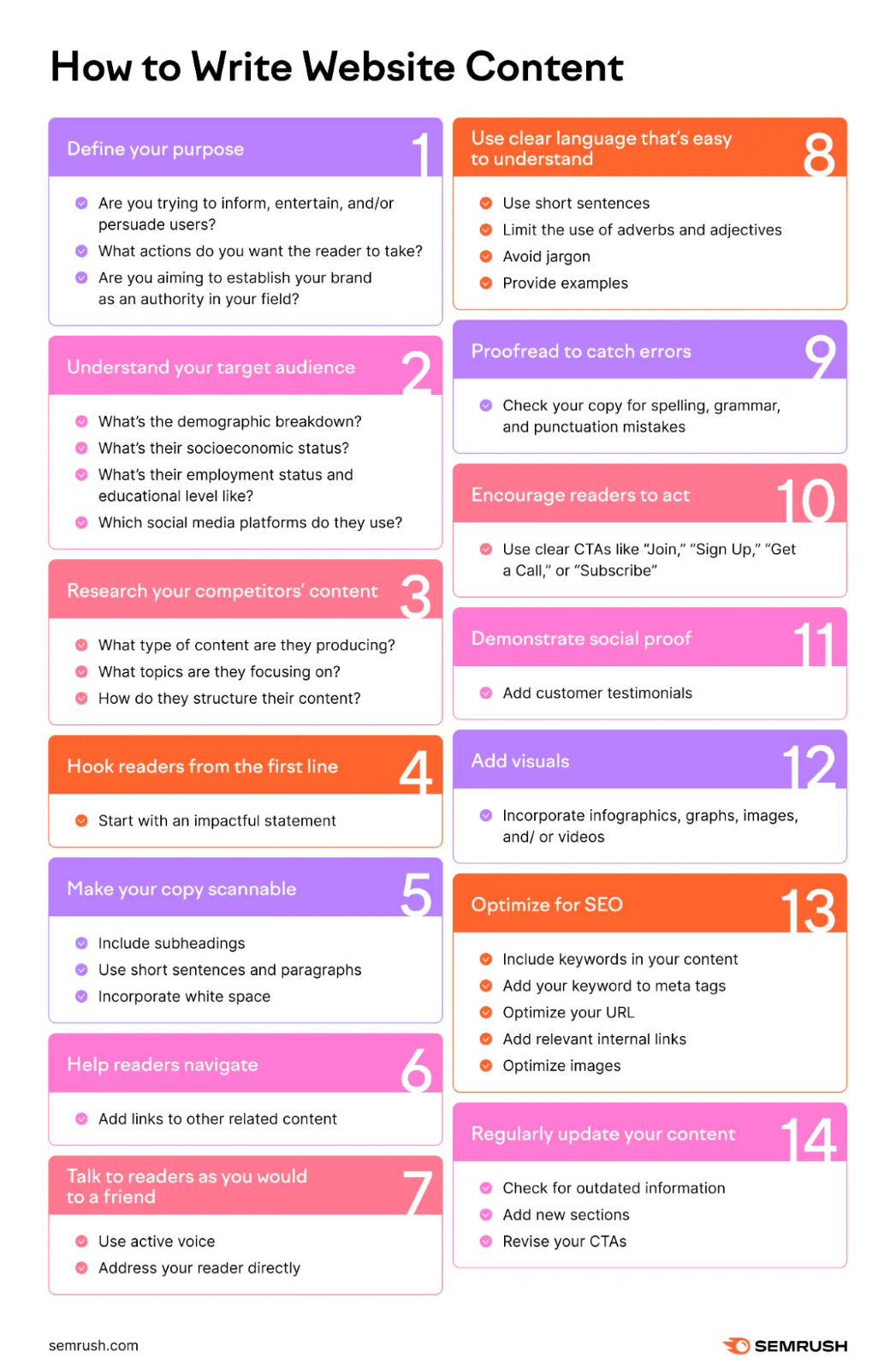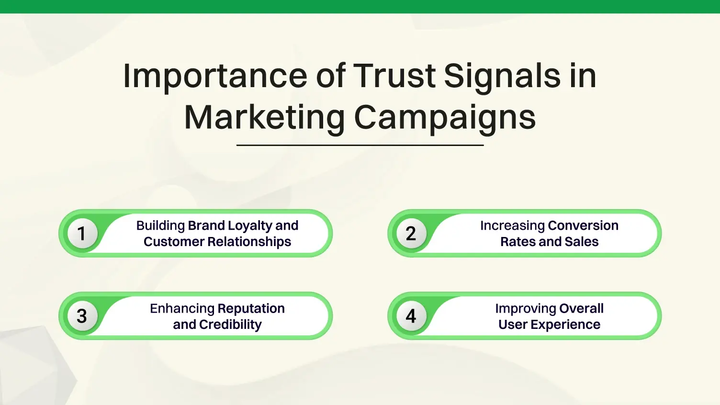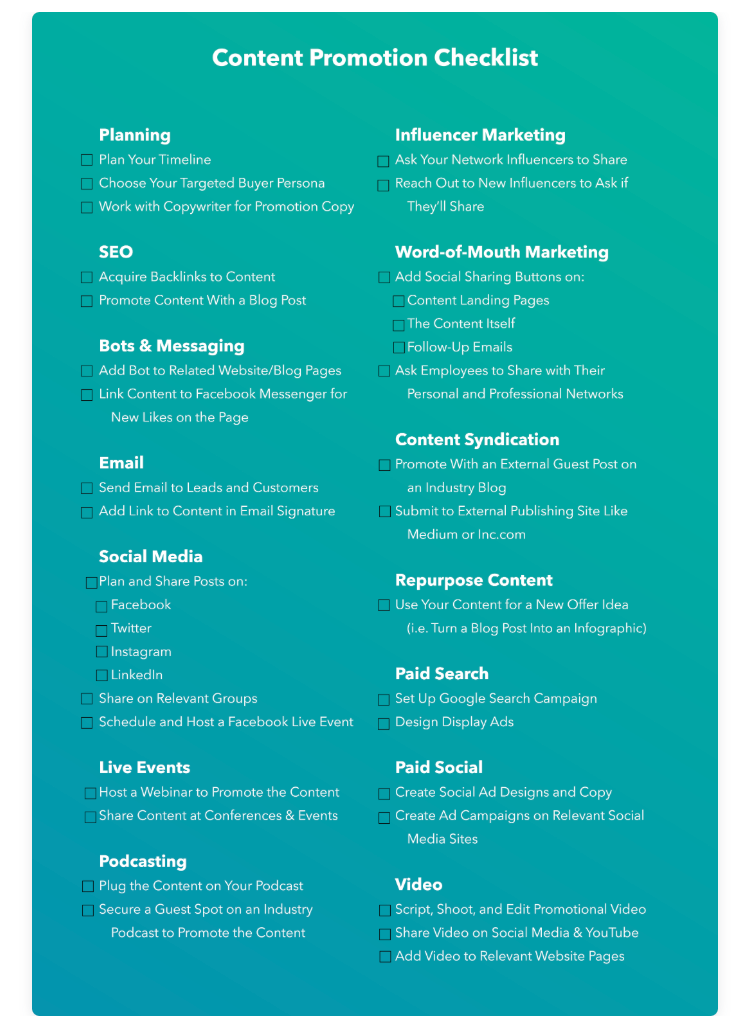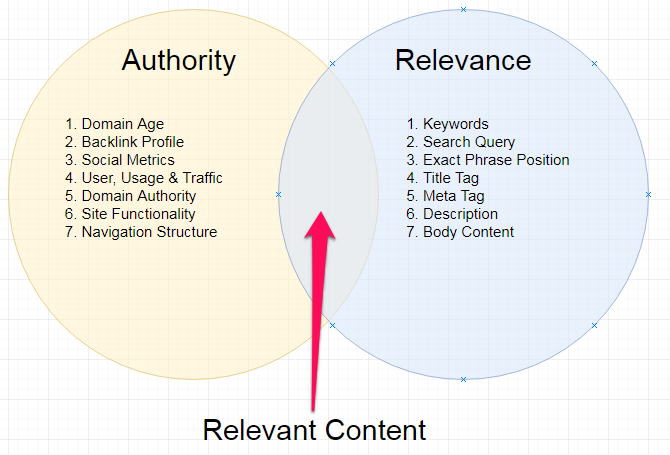What are backlinks, and why are they so important in SEO? They are the currency of credibility and act as reliable testimonials that present the relevance and authority of a website to search engines like Google.
Despite the fact that SEO is constantly changing, how can we get through the whirling maze? Enters EEAT – Experience, Expertise, Authoritativeness, and Trustworthiness. It is not only a popular phrase but Google’s effort to give accurate and reliable information to its users.
Nowadays, the search engines like Google depend on the number of backlinks and their quality. They prefer the ones that are relevant to the given topic, credibility, and authority. Moreover, by highlighting the importance of user experience, EAT has developed into EEAT which consists of Experience, Expertise, Authoritativeness, and Trustworthiness.
So, what should be our strategies for following the EEAT guidelines to be a winner in the digital world? In this blog we will explore the complex issues of link building in the epoch of EEAT and find out why experience, expertise, authority, and trustworthiness are of the utmost importance to keep and improve search visibility nowadays.
Exploring Experience within EEAT and its SEO Implications
Factor of experience which is one of key elements of EEAT is not only about skills of the content creators, but also their reputation, qualification, and worldly experiences. Websites that reflect authority by providing high-quality, well-researched content, and authoritative backlinks from popular resource pages rank higher in search engine results pages (SERPs).
semrush.com/blog
For instance, in the image above, you see that the reviewer shares his personal experience and opinions about the board game Wingspan while also providing the original gameplay photos for credibility. Here’s how to enhance Experience in EEAT:
- Create High-Quality Content: Create content that shows the competence, precision, and appropriateness to your target audience. Conduct comprehensive research, give beneficial details, and make sure the content follows E-E-A-T standards set by Google.
- Authorship: Content should be sourced preferably from those experts who have sufficient experience and information about the specific subject. This will contribute to earning the reader and the search engine trust.
- Build a Strong Brand Presence: Nurture a strong online presence by using consistent branding conventions and details on different social media platforms. Highlight your authority by means of thought leadership, guest blogging, attending professional events, and speaking engagements.
- Acquire Authoritative Backlinks: Seek backlinks from reliable sites and influential people of your industry that will boost visibility of your website on search engines. It is better to create natural links by offering quality content and relationship-building rather than using black hat techniques.
The Essence of Expertise in EEAT and SEO
EEAT proficiency means being a specialist in a certain field, which is demonstrated in content creators’ knowledge, skills, and authority level. Search engines, such as Google, tend to favour content from reliable sources that have a definite prowess in their niche, especially in the YMYL (Your Money or Your Life) categories where accuracy and reliability are of great importance.
Backlinks from domains known to be experts in the subject matter weigh more than the others in search engine algorithms, thus leading to a higher ranking and more visibility.
semrush.com/blog
In the above picture, you can see that professional financial advice is offered by an individual who is a certified expert in finance, showcasing their proficiency. Here are a few strategies to enhance Expertise in EEAT:
- Regularly Update Content: Monitor the recent news of your industry and try to include that information in the articles, posts and other type of content you are creating. Keep a keen eye on your existing content to ensure accuracy and relevance and show an extensive and profound knowledge in your specialty.
- Engage in Thought Leadership: Position your brand as an industry expert by giving useful knowledge, opinions, and competencies on your blog, articles, webinars, channels, and social media platforms.
- Interact with Your Audience: Engage with your audience through comments, forums, social media, and email. Address their questions; give valuable insights, and demonstrate your expertise by reaching out to your audience regularly.
Exploring Authoritativeness in EEAT and Its SEO Relevance
The term “authoritativeness” defines the extent of credibility, authority, and expertise of any website or content source in a particular niche or industry. In SEO, search engines like Google and others would reward authentic proficient works from authoritative sources as they see them as trustworthy and relevant to the users’ queries.
Semrush.com/blog
For instance, an article on abdominal pain from WebMD holds authority due to the following reasons:
- WebMD is a popular resource due to its reliable medical guidance.
- The contributors, WebMD Writers, are professionals in health and wellness.
- A content expert, often a doctor, reviews the content and oversees its accuracy and reliability.
Here are a few strategies to bolster Authoritativeness:
- Publish Original Research and Case Studies: Conduct original research or share case studies that illustrate your mastery and thought leadership in a particular industry domain. Original data and fresh insights help your organization stand out and be viewed as the most authoritative information hub.
- Gain Recognition from Industry Peers: Tap into industry influencers, experts, leaders and organizations to promote your product. Work together on projects, provide guest posting, or engage in interviews to demonstrate that you are an expert and valuable contributor to the readers.
- Optimize Your Website for E-E-A-T Signals: Make sure that your website reflects the expertise, authoritativeness, and trustworthiness, through clear branding, professional design, and user-friendly navigation. Position your credentials, certifications, and awards conspicuously in order to foster confidence among your intended audience.
- Cultivate a Strong Social Media Presence: Interact with your audience via social media platforms by posting useful content, taking part in industry discussions and replying comments and queries. Developing strong social media presence will not only establish your authority and credibility, but also attract and engage your audience.
The Role of Trustworthiness in SEO within the EEAT Framework
Trustworthiness, which includes accuracy, integrity, and transparency in content and operations, is very important in determining the website’s credibility and ranking on search engines.
Recognizing the role of trustworthiness of EEAT as one of the major factors for devising sound SEO strategies focused on serving user concerns and expectations is vital. Related to search engine optimization, trustworthiness in EEAT directly affects a website’s potential to get and maintain organic traffic.
Those sites which have a strong reputation as being trustworthy tend to rank higher in search engine result pages (SERPs), so they often get more clicks and queries from users.
Semrush.com/blog
This picture illustrates that Pashion makes its users feel secure about the safety of all transactions as they are encrypted and safe, which is the factor promoting trust among users. Here are a few strategies to bolster trustworthiness:
- Be Transparent and Authentic: Transparency is the key to your business practices, and ensure you include prices, policies and procedures. You must convey values, mission, and goals effectively.
- Ensure Positive User Experience: Give user satisfaction the top priority. Provide seamless browsing experience. Make sure your website is loading quickly, is mobile responsive, and easy to navigate to earn audience’s trust and increase engagement.
- Get Backlinks from High DA Websites: Try to earn backlinks from authoritative websites within your niche. You can create relationships with the influencers and experts in the field whose referrals will reaffirm the reliability of your website.
Strategies for Building EEAT-aligned Backlinks
Creating EEAT-oriented backlinks would involve a properly planned strategy that will be focused on quality, relevance, and trustworthiness. Achieving good-quality backlinks from respected and credible sources is of utmost importance in SEO to make the website appear valuable, prominent and relevant in the search engine listings. Let’s explore three key strategies for building EEAT-aligned backlinks:
1. Conducting a Backlink Audit to Assess Current Link Profile
semrush.com/blog
Before you dive into the link-building campaign, you need to perform a comprehensive audit of your website’s present link profile. A backlink audit is about inspecting existing links in regard to quality, quantity, and relevancy to figure out exact problems. Start by using tools like SEMrush, Ahrefs, or Moz to identify all backlinks referring to your website.
outreachcrayon.com/link-litmus
On top of these widely used tools, Link Litmus offers a specialized backlink audit solution. By referring to Link Litmus, you will be able to crawl your newest backlinks and domains pointing to your site deeply under a subsidiary set of trust measures.
These involve links that are part of Private Blog Networks (PBNs), sold via cold outreach, hosted on websites with open “write for us” options, and meeting the minimal necessary Ahrefs stats.
2. Identifying High-quality Sources for Backlink Acquisition
After assessing your link profile, the next thing you should probably do is find quality sources where to acquire new backlinks. The emphasis should be on securing backlinks from reliable and authoritative sites in your industry or niche.
Needless to say, getting 20-30 quality relevant links can take your website to the top of the search engine results pages (SERPs). Search for reputable publications, industry associations, academic institutions, and reliable brands that correspond to the subject matter of your website and your target audience.
Explore strategies like creating content partnerships, joining guest posting networks and collaboration platforms to gain quality backlinks. Developing relevant and useful content that demonstrates your knowledge and satisfies your audience’s requirements and interests is essential.
contentmarketinginstitute.com/articles
Identify relevant websites and influencers in your niche and send them pitches to place your content on their website and create backlinks. Short content is likely to lack the elaborate information found only in long-form content, considered anything over 1,500 words.
Therefore, most marketers and SEOs recommend writing longer blog posts and articles. This recommendation is in line with various studies, including one conducted by Backlinko, which shows that long-form content is more likely to generate more backlinks.
3. Outreach Tactics for Earning Authoritative and Trustworthy Backlinks
Authorities and trustworthy backlinks cannot be earned without successful outreach strategies. Write compelling outreach emails that clearly explain the advantages of linking to your content and the worth of your website.
iloveseo.com
Customize your outreach emails for each target site and align your strategy with their unique specializations and needs. The significance of personalization is irrefutable. Personalized email subject lines alone have a response rate that is 30% better than their generic counterparts. When reaching out to prospective partners, remember to highlight the importance and value of your content. Enhance the value of your content by supplying additional resources, such as data or insights, to the target website’s audience.
iloveseo.com
Keep following up persistently and politely, and be ready to negotiate and compromise to secure backlink placements. For whatever reason, people might be too busy or distracted to reply to your first email. However, the remarkable efficacy of sending follow-up emails cannot be overlooked. Just a single follow-up email can increase response rates by 65.8 percent.
Creating Content that Attracts EEAT-friendly Backlinks
Developing content that lures the EEAT backlinks is paramount for websites because it makes the application of the websites by users and search engines efficient and issues them with trust and authority. Achieving this goal requires creating content that displays expertise and authority, has high credibility and reliability, and utilizes content promotion to bring in relevant backlinks. Let’s explore these strategies in detail:
1. Developing Content that Showcases Expertise and Authority
semrush.com/blog
One way to obtain EEAT-friendly backlinks is to concentrate on developing content that continuously represents your authority and expertise within the niche or industry. Research well and get the numbers, stats, and insights supporting your content.
Develop informative and comprehensive content offering value through insights, analysis, and solutions for your audience’s problems or questions. Consistently, HubSpot demonstrates the potential of quality content production both in volume and in terms of relevance to the audience of sales and marketing professionals.
Via custom blogs for marketers and salespeople doesn’t only educate but also map out the reader’s buyer journey, eventually leading to paid tools and gated content.
2. Strategies for Enhancing Content Credibility and Trustworthiness
Credibility and trustworthiness are factors that increase the likelihood of earning EEAT-friendly backlinks. You can strengthen the credibility and trustworthiness of your content by providing facts, reasonable information, and transparent information that meets your audience’s needs and expectations.
Base your arguments on factual information, case studies, and real-world examples to underscore your credibility and demonstrate the pragmatic use of your content. Nike’s “Just Do It” campaign is one of the most well-known examples of the power of storytelling in the content marketing sphere.
With this marketing campaign, Nike has set forth a story of triumph over difficult times and the supreme feeling of success through sports, motivating customers to strive hard and to realize their highest capabilities. Ensure your sources, methodologies, and biases are transparent to build trust with the audience.
adlibweb.com
Incorporate trust signals such as author bios, contact information, and privacy policies to reassure users of your website’s authenticity and reliability.
3. Leveraging Content Promotion to Attract Relevant Backlinks
blog.hubspot.com
Content promotion is one of the core drivers of an organic search marketing strategy and is essential for creating backlinks to your website. After preparing top-notch content representing your expertise and authority, allocate the time and effort to promote it via diverse channels.
Share your articles or blogs on social media sites, forums, and groups where your target audience is interested. Connect with relevant websites, influencers, and journalists in your industry. Pitch your content to uncover opportunities to place backlinks. Conduct a performance audit on your content campaigns and fine-tune your tactics continually to ensure impact and effectiveness.
Common Mistakes that Can Harm EEAT and Backlink Strategies
This section will review a few common mistakes every website owner must avoid to secure backlink strategies.
1. Low-quality Content Creation
The most common mistake that can damage both EEAT and backlink strategies is creating poor-quality content. Content devoid of depth, originality, and relevance not only fails to highlight expertise and authority but also erodes the credibility and trustworthiness of the website. In Google’s eyes, several factors contribute to determining the quality of a webpage:
- Unique Content: Google seems to always value content other people can’t find elsewhere. This does not mean that phrases and terminology should differ but that the content should be unique and interesting and provide information not offered elsewhere.
- External Backlinks: Google considers external backlinking a sign of a high-quality web page. Such backlinks represent citations and enhance the value of the content.
- Relevance to Search Query: An effective page should efficiently fulfill its purpose and answer the searcher’s question. One of Google’s goals is to serve the pages that best correspond with the user’s intentions. Therefore, those pages that provide answers as transparently and comprehensively as possible tend to rank higher.
2. Ignoring Content Relevance and Context
semrush.com/blog
Another error is to produce content that does not suit the audience and is not industry-related. Content that does not address the interests and needs of your target audience is less likely to be linked to respectable sources. As you develop your marketing strategy, prioritizing content that aligns with the needs of your customers can yield numerous benefits:
- Addressing Specific Questions: By solving your customers’ precise problems and answering their questions, your content becomes more valuable and relevant, increasing engagement and satisfaction.
- Decreasing Bounce Rate: When visitors find useful content that addresses their concerns, they will likely spend more time reading your website, minimizing their bounce rates and increasing overall site engagement.
- Enhancing CTR: Quality and pertinent content not only compels users to perform specific actions but also significantly increases the click-through rates since they will surely want to check the different pages of your website.
Conclusion
Backlink building in the era of EEAT (Experience, Expertise, Authoritativeness, Trustworthiness) requires a strategic approach prioritizing quality over quantity. Consequently, as search engines push the sites with the highest authority and expertise to the top, website owners must change the nature of their backlink strategies.
Therefore, by adopting EEAT and integrating it with link-building strategies, websites can strengthen their credibility, authority, and pertinence in the digital space and, ultimately, ensure long-term success in search engine optimization.
